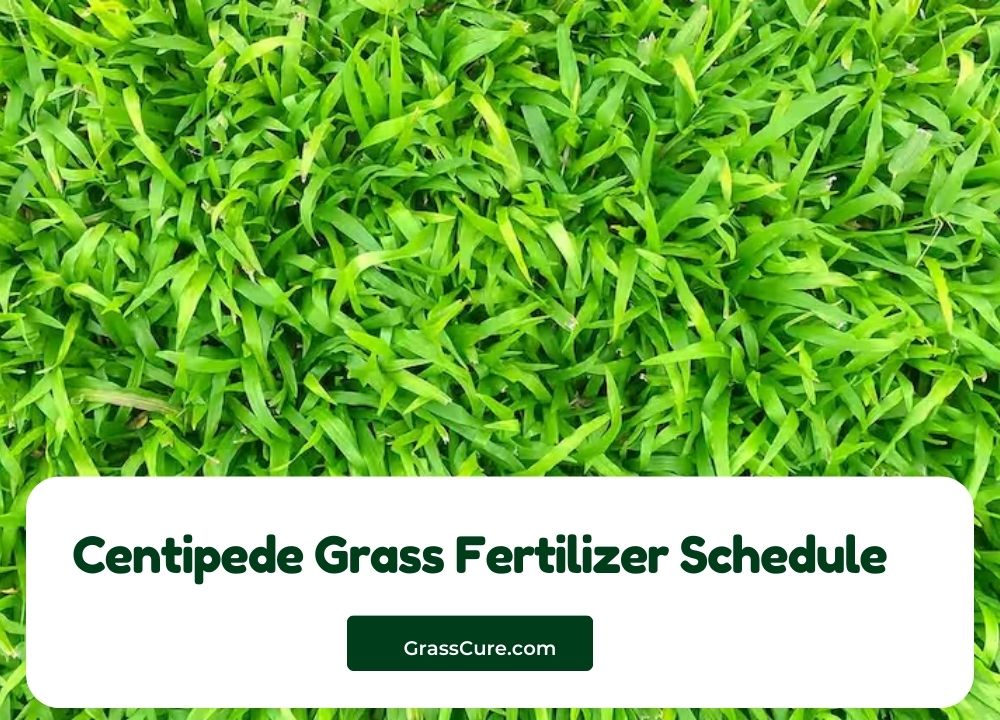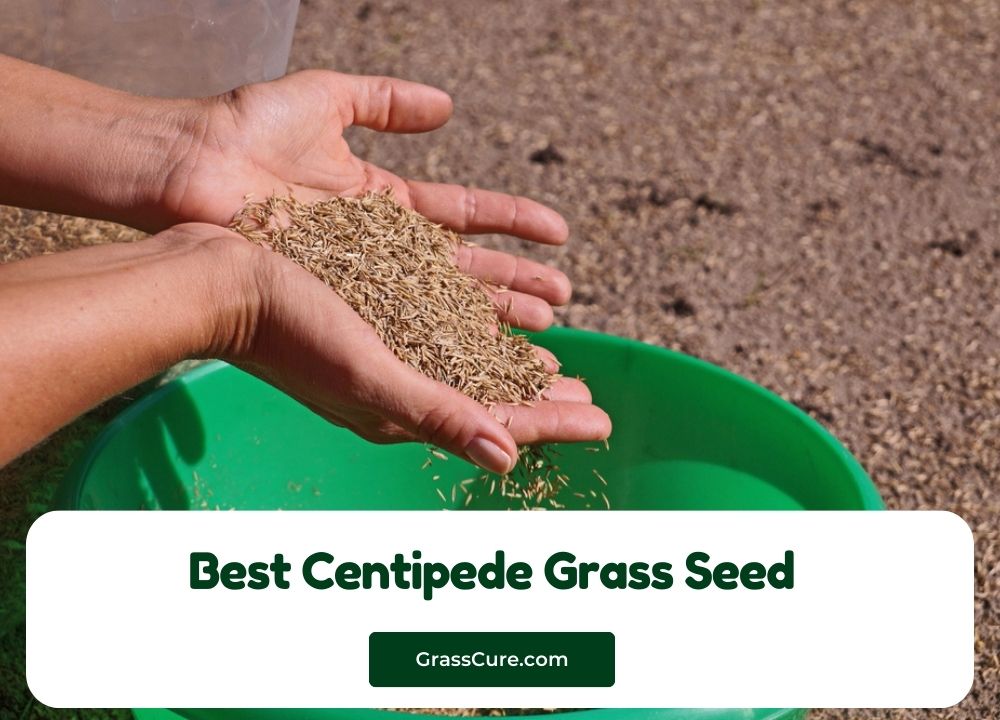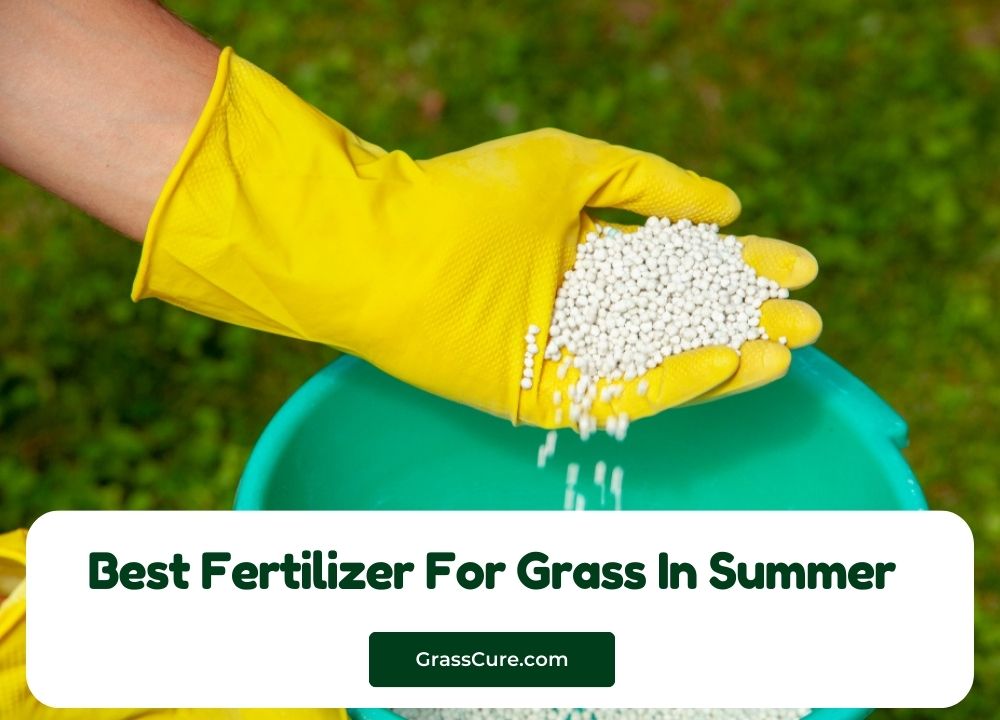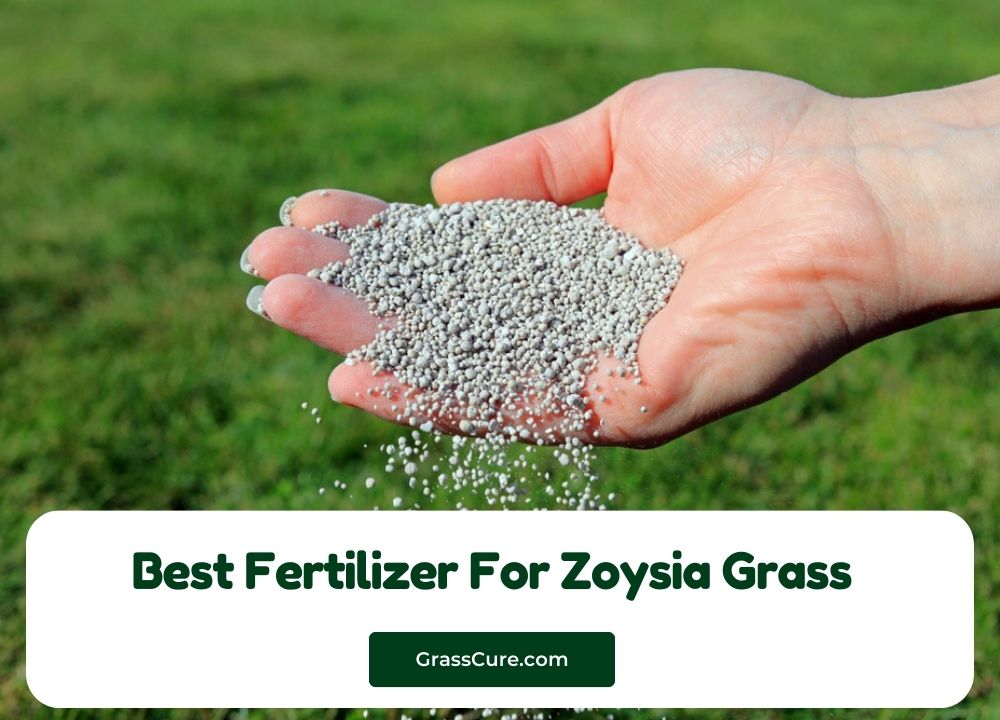Centipede grass is a popular choice for lawns in warmer climates due to its low maintenance requirements and lush, green appearance. However, to achieve a thriving and healthy lawn, understanding the importance of a proper fertilization schedule is crucial. Fertilization not only provides essential nutrients but also promotes strong root development and resilience against pests and diseases. In this blog post, we’ll outline a comprehensive fertilizer schedule for centipede grass, ensuring your lawn remains vibrant and healthy throughout the growing season. Whether you’re a seasoned gardener or new to lawn care, this guide will help you cultivate the perfect centipede grass lawn.
Centipede Grass Fertilizer Schedule Guide
Understanding Centipede Grass
Centipede grass (Eremochloa ophiuroides) is a warm-season grass known for its unique growth habits and adaptability, making it a favored option for lawns across the southern United States. Here are some key characteristics and considerations:
A. Characteristics of Centipede Grass
- Growth Habits: Centipede grass features a low-growing, spreading habit, forming a dense mat that can resist weeds and pests. Its leaves are medium to light green, giving lawns a soft, carpet-like appearance.
- Ideal Climate and Soil Conditions: This grass thrives in well-drained, sandy, or loamy soils with a pH between 5.5 and 6.5. It prefers warm temperatures, flourishing in areas with plenty of sunlight and minimal frost.
B. Common Uses
Centipede grass is often used in residential lawns, golf courses, and parks. Its low maintenance needs—requiring less frequent mowing and watering—make it suitable for homeowners looking for a beautiful lawn without extensive upkeep. Its drought resistance also adds to its appeal in regions prone to dry conditions.
Overall, understanding the unique traits of centipede grass is essential for proper care and successful establishment, setting the stage for effective fertilization and maintenance strategies.
Nutritional Needs of Centipede Grass
To thrive and maintain its lush green appearance, centipede grass has specific nutritional needs that must be met through proper fertilization. Here are the key nutrients required for optimal growth:
A. Key Nutrients Required
- Nitrogen (N): Nitrogen is crucial for the growth and development of centipede grass. It helps promote lush, green foliage and overall vigor. However, centipede grass requires less nitrogen compared to other grasses, typically needing about 1 to 2 pounds of nitrogen per 1,000 square feet per year.
- Phosphorus (P): While centipede grass doesn’t require high levels of phosphorus, this nutrient is essential for root development and overall plant health. It is particularly important during the establishment phase, helping the grass develop a strong root system. A soil test can help determine if phosphorus is needed.
- Potassium (K): Potassium plays a vital role in promoting disease resistance and overall stress tolerance in centipede grass. It aids in water regulation within the plant, enhancing drought resistance. Regular applications of potassium can improve the grass’s resilience against environmental stresses.
B. Signs of Nutrient Deficiencies
- Yellowing Leaves: A lack of nitrogen can cause yellowing of the leaves, often starting with older leaves at the base of the plant. This condition, known as chlorosis, is a clear sign that nitrogen levels are too low.
- Stunted Growth: If the grass appears sparse or slow-growing, it may indicate a deficiency in phosphorus or potassium. This stunted growth can lead to a thin lawn that is more susceptible to weeds and pests.
By understanding the nutritional needs of centipede grass and monitoring for signs of deficiencies, homeowners can effectively manage their lawn’s health through appropriate fertilization strategies.
Fertilization Schedule
Establishing a proper fertilization schedule is essential for maintaining a healthy and vibrant centipede grass lawn. The timing and type of fertilizer applied can significantly impact growth and overall health. Here’s a breakdown of an effective fertilization schedule:
A. Timing of Applications
- Early Spring (March-April):
- Objective: Kickstart growth after winter dormancy.
- Fertilizer Type: Apply a slow-release nitrogen fertilizer with a low to moderate nitrogen content (e.g., a 15-0-15 formulation).
- Application Rate: Approximately 1 pound of nitrogen per 1,000 square feet.
- Mid-Summer (June-July):
- Objective: Support active growth during the peak growing season.
- Fertilizer Type: Use a slow-release fertilizer or a balanced fertilizer (e.g., 16-4-8) to provide additional nitrogen and potassium.
- Application Rate: An additional 1 pound of nitrogen per 1,000 square feet.
- Late Summer (August):
- Objective: Prepare the grass for the upcoming fall and potential dormancy.
- Fertilizer Type: Apply a potassium-rich fertilizer (e.g., 0-0-22) to enhance stress tolerance and root development.
- Application Rate: Apply potassium according to soil test recommendations, typically around 0.5 to 1 pound of potassium per 1,000 square feet.
B. Recommended Types of Fertilizers
- Slow-Release Fertilizers: These are preferred as they provide a steady supply of nutrients over time, reducing the risk of nutrient runoff and promoting even growth.
- Soil Testing: Conduct a soil test every 2-3 years to determine specific nutrient needs and adjust fertilizer applications accordingly. This helps in tailoring the fertilization program to the unique conditions of your lawn.
Application Methods
Proper application methods are essential for maximizing the effectiveness of fertilizers on centipede grass. Here are some best practices to consider:
A. Best Practices for Applying Fertilizers
- Spreaders:
- Broadcast Spreader: Ideal for larger areas, a broadcast spreader distributes granules evenly across the lawn. Ensure the spreader is calibrated correctly for the type of fertilizer being used to prevent over-application.
- Drop Spreader: Provides more precise control, allowing for targeted applications. This method is useful for smaller areas or when fertilizing around flower beds or sidewalks.
- Liquid vs. Granular Fertilizers:
- Granular Fertilizers: These are commonly used for centipede grass and are typically slow-release, providing nutrients over time. Apply them when the grass is dry to avoid clumping and ensure even distribution.
- Liquid Fertilizers: These can offer a quick nutrient boost, especially in cases of deficiency. They are often easier to apply with a hose-end sprayer or a backpack sprayer. However, they require more frequent applications compared to granular types.
B. Frequency of Applications
- Monthly vs. Seasonal: For centipede grass, a seasonal approach is usually sufficient, with applications in early spring, mid-summer, and late summer. Avoid fertilizing in the fall, as this can promote growth that may not survive winter dormancy.
C. General Tips
- Watering Post-Application: Lightly water the lawn after applying granular fertilizers to help dissolve the nutrients and promote absorption. Avoid heavy watering that can wash away the fertilizer.
- Avoid Fertilizing During Extreme Weather: Refrain from fertilizing during drought conditions or when temperatures are excessively high, as this can stress the grass and lead to nutrient loss.
Additional Tips for Maintaining Healthy Centipede Grass
To ensure your centipede grass thrives throughout the growing season, consider these essential maintenance tips:
A. Watering Practices Post-Fertilization
- Proper Watering: After applying fertilizer, water the lawn lightly to help the nutrients penetrate the soil and reach the root system. This helps avoid fertilizer burn and promotes absorption.
- Watering Schedule: Centipede grass requires about 1 to 1.5 inches of water per week, either from rainfall or irrigation. Water deeply and infrequently to encourage deep root growth, ideally in the early morning to minimize evaporation.
B. Mowing Height and Frequency
- Mowing Height: Maintain a mowing height of 1 to 2 inches for centipede grass. Keeping the grass slightly taller can help shade the soil, reducing weed growth and retaining moisture.
- Mowing Frequency: Mow regularly during the growing season to prevent the grass from becoming too tall or developing seed heads. A general rule is to remove no more than one-third of the grass height at each mowing to avoid stressing the plant.
C. Aeration and Thatch Management
- Aeration: Aerate your lawn once a year, preferably in late spring or early summer, to relieve soil compaction and improve nutrient and water absorption. Aeration helps promote healthy root growth and enhances overall lawn health.
- Thatch Management: Thatch, a layer of dead grass and organic matter, can accumulate over time. If thatch exceeds 0.5 inches, consider dethatching your lawn to improve air circulation and nutrient penetration.
D. Pest and Weed Control
- Pest Monitoring: Regularly check for signs of pests such as grubs or chinch bugs. Early detection can prevent significant damage. Use appropriate treatments if infestations occur, following label instructions.
- Weed Management: Use pre-emergent herbicides in early spring to prevent weed seeds from germinating. For existing weeds, spot-treat with a selective herbicide that won’t harm centipede grass.
By implementing these additional tips, you can maintain a healthy and vibrant centipede grass lawn, ensuring it remains lush and resilient throughout the growing season. Regular care and attention will result in a beautiful landscape that enhances your outdoor space.
Conclusion
A well-maintained centipede grass lawn not only enhances the beauty of your outdoor space but also provides a resilient and low-maintenance solution for warmer climates. By understanding the unique nutritional needs of centipede grass and adhering to a structured fertilization schedule, you can promote healthy growth and vibrant color throughout the growing season.
Incorporating best practices for fertilizer application, along with regular watering, mowing, and pest management, will ensure your lawn thrives year-round. Remember that regular soil testing can help you tailor your fertilization approach to meet your grass’s specific needs.
By following these guidelines and tips, you can enjoy a lush, green lawn that stands up to environmental stresses while minimizing maintenance efforts. Whether you’re a seasoned gardener or just starting out, taking the time to care for your centipede grass will yield rewarding results, transforming your lawn into a beautiful and inviting outdoor sanctuary.






